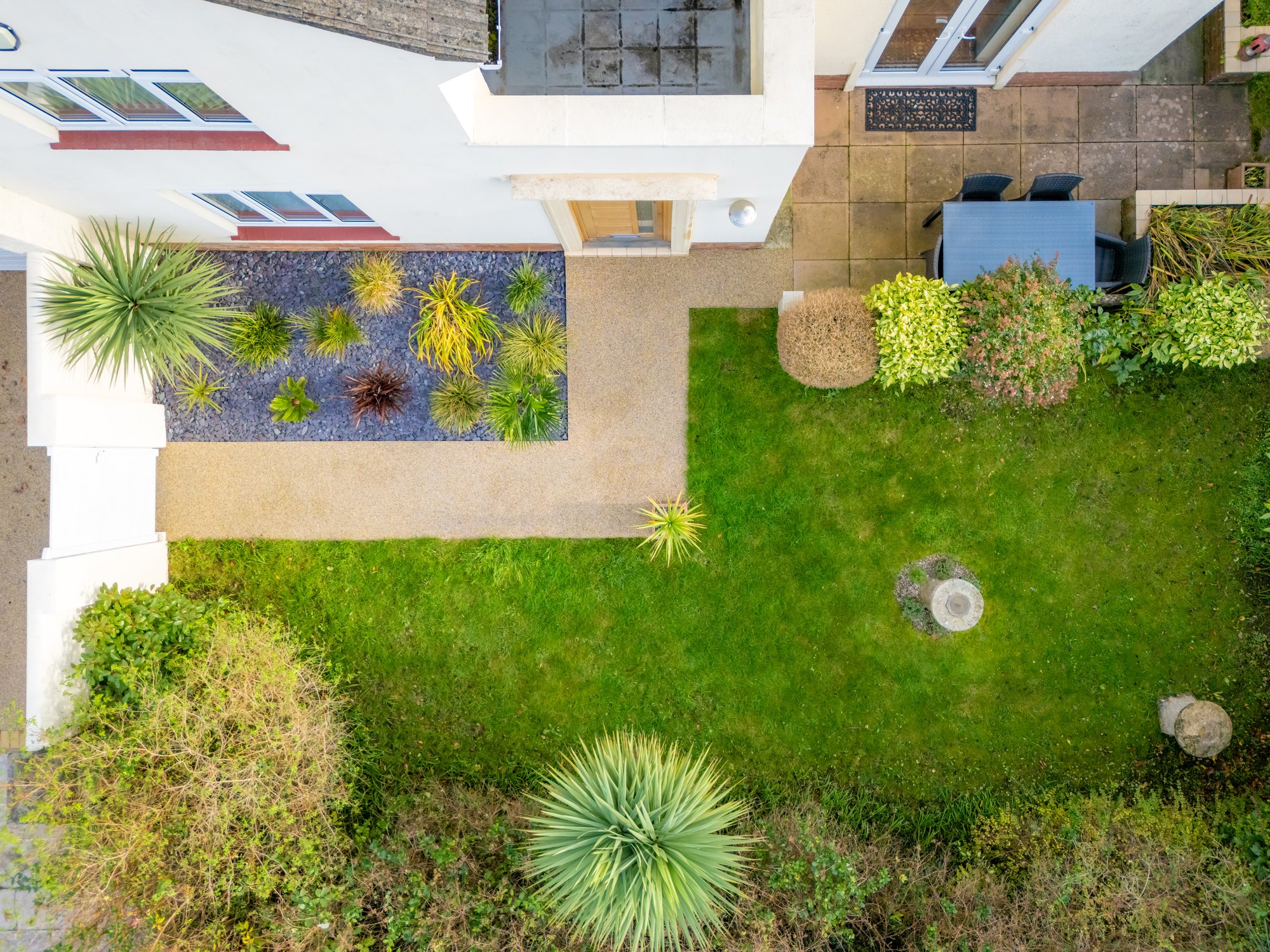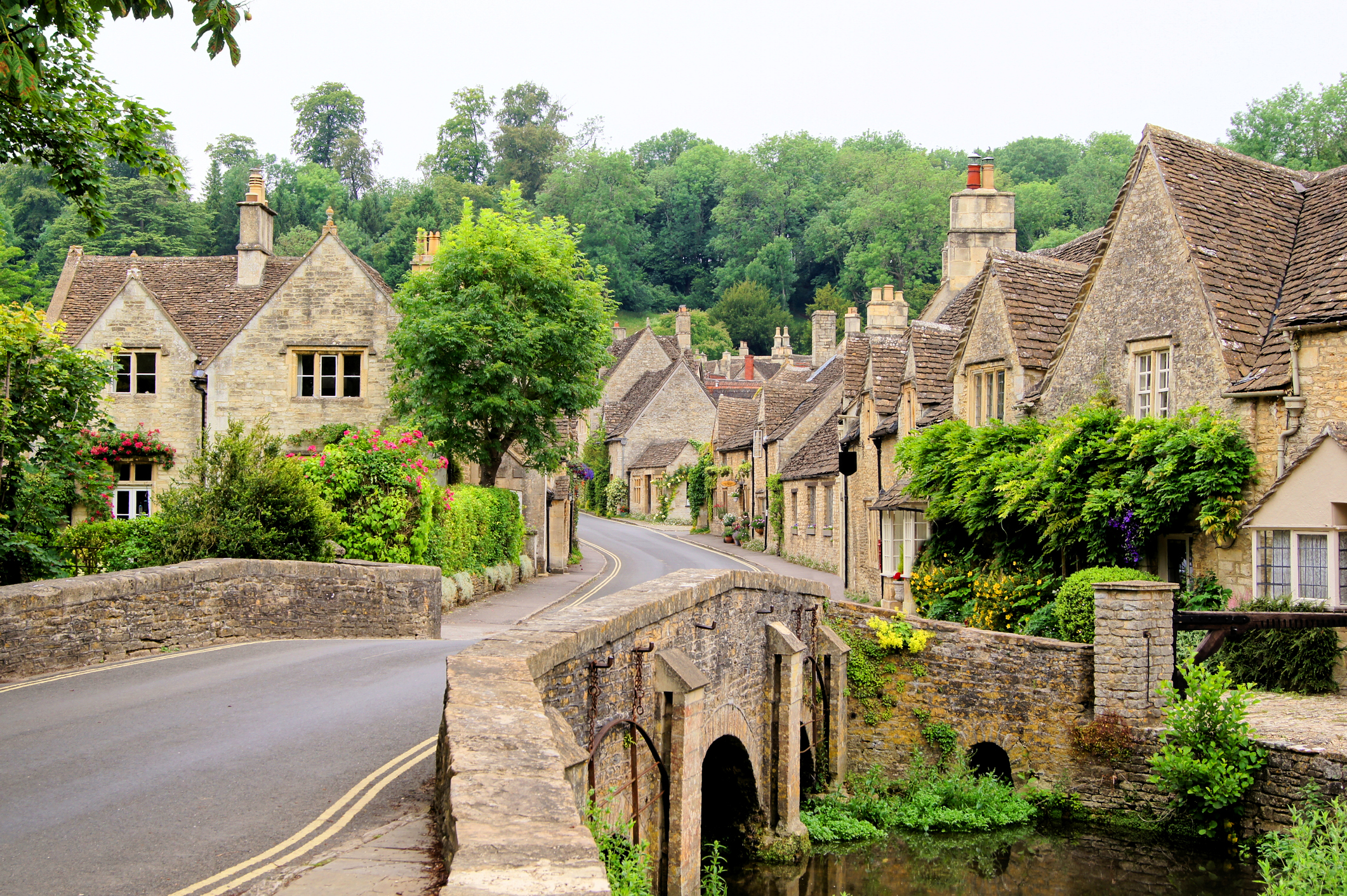A crucial step in finding your new dream home is understanding the three main types of property ownership: freehold, leasehold and commonhold.
While it’s tempting to gloss over these legal terms, looking at their differences will clue you in on your rights and responsibilities, so you can feel totally confident about your next move.
Key definitions
A freehold means you own not just the property itself but the land it sits on, without any time limit. At around 90%, most houses in England are freehold.
A leasehold means you own the right to live in a property for a fixed period, but not the land. Many flats and maisonettes are leaseholds, along with some new houses.
A commonhold is a type of ownership for flats and other multi-occupancy developments. You own the freehold of your home and form part of a residents’ association to look after common areas like gardens. Not many properties are commonhold although the government is looking to change that.
Let’s dig into more detail on each type of ownership.
Freehold ownership: greater control but more costs
By owning both the property and the land, you have more control over what happens to your home. But you have more financial responsibilities, too.
Advantages
Fancy extending into the garden? Painting the exterior another colour? A freehold gives you greater freedom to improve the property. Before you book the builder, though, make sure to check the property deeds for any restrictions on external changes (these should be listed under restrictive covenants). And, of course, don’t forget to secure any necessary planning permissions.
Disadvantages
Having sole responsibility means you’re the one who puts your hand in your pocket every time something needs work – for example, damaged roof tiles after a storm. These costs might be hefty, especially if the property is listed.
What’s more, you may share services with your neighbours – such as private roads – that need upkeep from time to time. If you’re unsure of any potential costs, ask your estate agent or solicitor for details. It’s worth factoring in all these expenses when you’re calculating the price of moving house.
Leasehold ownership: less control but fewer costs
Here, you don’t own the land the property sits on and therefore must enter into a legal agreement with the landlord or freeholder. The terms of the lease, then, define what you can and can’t do to your home.
Advantages
By not owning shared areas – like the hallway and stairs of a block of flats – you’re not financially responsible for looking after these. Likewise, that damaged roof after the storm? Nobody can expect you to pay for the new tiles.
While your landlord will charge you ground rent and other regular fees, these should be predictable amounts you can tot up when you move in. You only need to pay to insure your personal belongings.
Disadvantages
Having less control over your property is no small thing. Think through how your preferences might change over the years – for example, if you’ll find it frustrating that your landlord doesn’t allow pets or any alterations to your flat.
Another aspect to consider is the lease length. The first person who buys a property is given a lease to live there for a certain time period, such as 99 years. Every time this home is sold, the remaining lease passes to the new owner. As the lease gets shorter, this part of the property value lessens.
Commonhold ownership: freeholds for flat owners
The UK government aims to replace leasehold with commonhold ownership, believing it should be the people who live in the homes – and not the landlords – who control what happens to the buildings and any shared gardens and facilities.
Advantages
A commonhold allows individual properties within a building or development to be owned as freeholds. People, therefore, enjoy freedoms like altering their flats, owning pets and living there indefinitely.
Disadvantages
A commonhold association calls for all property owners to manage shared areas and cover any costs. Chances are, you’ll do more complicated admin and face disagreements between residents.How to find out the ownership type
You can usually find out the type of ownership from the property listing. If this information isn’t included, ask the estate agent. Once you’ve got your head around your legal rights and responsibilities, you can focus on the more exciting aspects of buying a new home! Find your local Winkworth branch to get started today.



